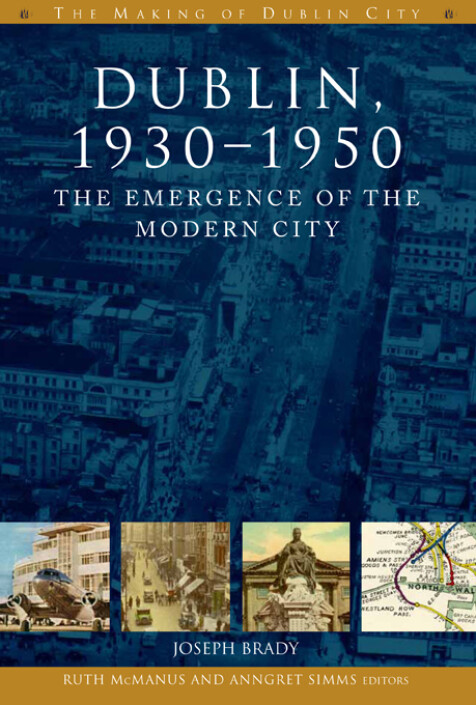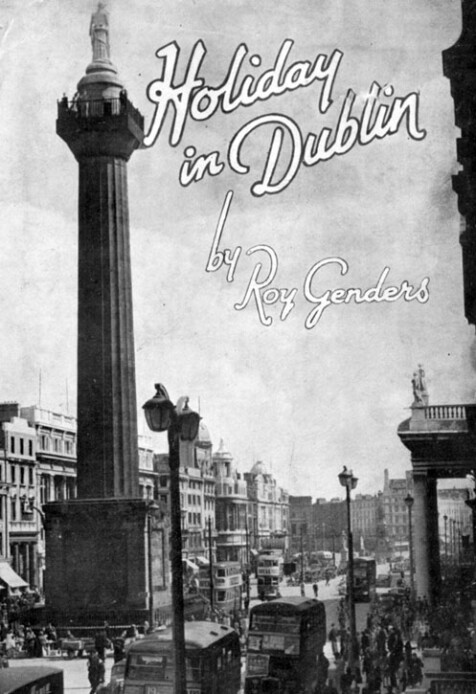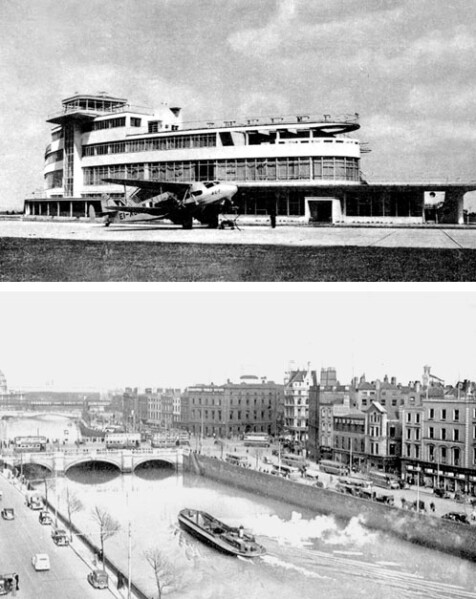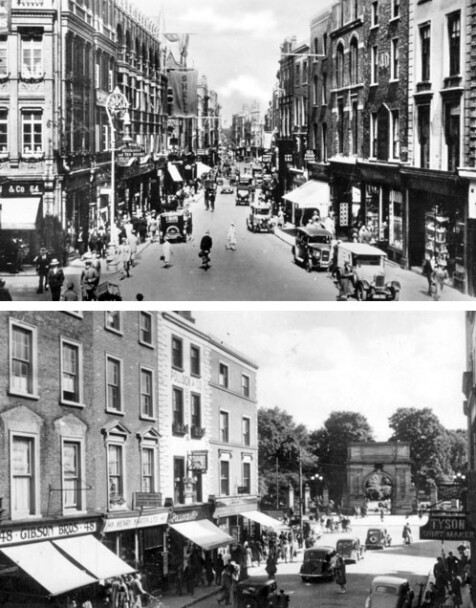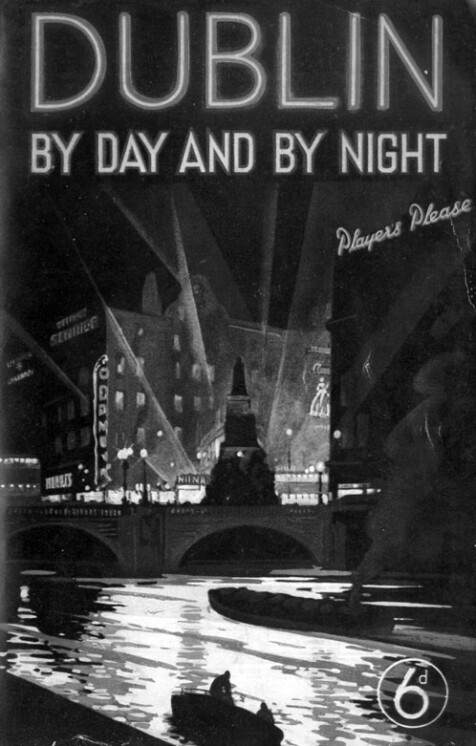Dublin, 1930–1950
The emergence of the modern city
Joseph Brady
‘Well written and packed with information … Here, with Brady’s account of early mid 20th-century Dublin, is a refreshingly frank portrait of the city as a resource for human life – work place, shopping place, set of burgeoning neighbourhoods. And so, while factual and analytical, Joseph Brady’s study is colourful and textured … balancing academic and scholarly excellence with local interest and easy reading’, Ellen Catherine Rowley, Irish Arts Review (Summer 2015).
‘The development of Mount Merrion is just one of numerous wide-ranging changes to Dublin city which are explored in this fascinating new book by Joseph Brady. Along with Anngret Simms and Ruth McManus, Brady is also a co-editor of a superb series of books, entitled The Making of Dublin City, of which this book is the fifth volume … Brady’s book – like its four predecessors – manages the not inconsiderable feat of being both a magnificent work of research and scholarship and also an engaging and fascinating read for any Dubliner … Brady conveys not only a sense of how the physical bricks-and-mortar of physical change occurred between 1930 and 1950, but he also vividly conveys a sense of how life was lived in this period … Brady’s Dublin is a city emerging, not unscathed, from a period of revolution to cautiously take its place as the capital of a new nation ... This latest volume in The Making of Dublin series is wonderfully illuminating in evoking an era of great change in Dublin, when the city as we now know it began to truly take shape’, Dermot Bolger, Irish Mail on Sunday (March 2015).
‘The themes of expanding suburbs, housing, infrastructure, shopping and leisure dominate this engaging new book by Joseph Brady on the relatively unstudied second quarter of 20th-century Dublin. It is the latest edition in The Making of Dublin City, a series exploring the capital through multiple aspects of its social and landscape make-up … Brady weaves in compelling nuggets [and] provides useful insight into a period that framed present attitudes to the city’, Graham Hickey, Irish Times (January 2015).
‘This is the fifth, and thankfully not the last, volume in the “The making of Dublin City” series … It is a wonderful series, aiming to be both scholarly and entertaining and succeeding on both counts. This volume continues the tradition, looking at the city in the crucial period that included the stepping up of the slum clearance and rehousing programme, the problems of the period when (nearly) everyone else was at war and the time when significant new developments occurred in and around the city … This is a wonderful read and a great treatment of an under-appreciated period in the history of our capital city’, Rob Goodbody, Dublin Historical Record (Spring/Summer 2015).
‘This substantial study tackles a neglected but significant era in the history of the capital: the post-independence decades in which the new suburbs began to emerge. Amongst its pages are intriguing accounts of shopping and tourism in the capital in the same period, subjects that don’t always get a look-in’, History Ireland (March/April 2015).
‘Essential reading for all with an interest in the development of Dublin City and its suburbs, not only from a historical perspective, but including the social and spatial narratives also … Brady paints a picture of the city as few would now expect in the years following the Eucharistic Congress of 1932 and on up through “The Emergency” (World War II to everybody else) and beyond … the author provides a very comprehensive exploration of the improvement and provision of the transportation infrastructure of the city … Undoubtedly an essential read for all with an interest in Dublin City, its suburban towns and its County’, Michael Merrigan, Ireland's Genealogical Gazette (January 2015).
‘Given the strikingly underdeveloped state of Irish urban history, the work of Brady and his associates represent a major step forward, and they have enriched our understanding of the physical development of twentieth-century Dublin’, David Dickson, Journal of Historical Geography (2016).

